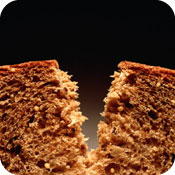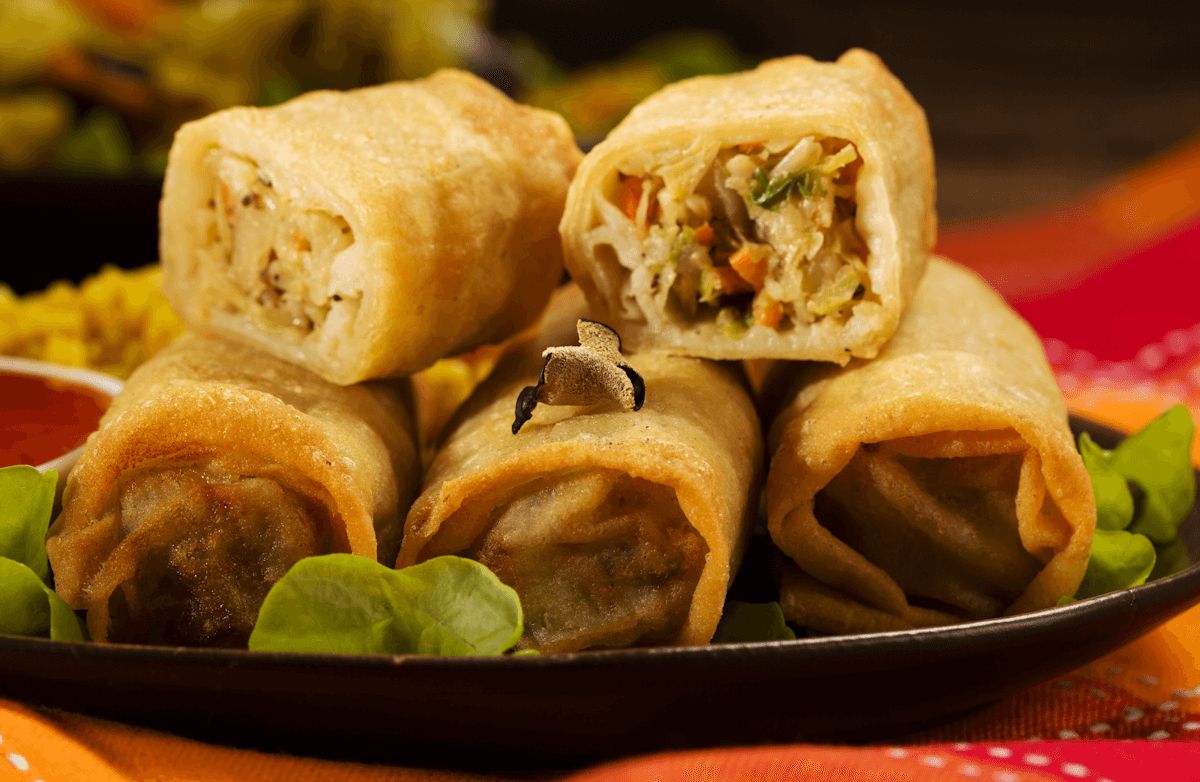 Health experts agree that we need to eat more whole grains for optimal health. But most people don’t know what whole grains are. They have been shown to reduce the risks of heart disease, stroke, cancer, diabetes and obesity, but knowing the health benefits doesn't help you find them in your local grocery store or learn how to cook with them.
Health experts agree that we need to eat more whole grains for optimal health. But most people don’t know what whole grains are. They have been shown to reduce the risks of heart disease, stroke, cancer, diabetes and obesity, but knowing the health benefits doesn't help you find them in your local grocery store or learn how to cook with them. The Definition of Whole Grain Every grain starts as a whole grain when it grows from the earth. This whole grain (actually the seed or kernel of the plant) has three parts: the bran, the germ and the endosperm.
When grains are processed and refined (the most common practice for making breads, cereals, pastas and flours), the bran and germ are removed, leaving behind the white endosperm. During this process, grains become less nutritious, losing 25% of their original protein content and 17 other essential nutrients. While manufacturers then "enrich" the flour with some vitamins and minerals, a naturally whole grain is still a healthier choice. Compared to refined grains (white bread, white rice, white flour), whole grains pack more protein, fiber, vitamins (B vitamins and vitamin E), and minerals (magnesium and iron), as well as some antioxidants not found in other foods. Types of Whole Grains Common types of whole grains include:
Adding Whole Grains to Your Diet Continued › |
Whole Grains are the Whole Package
These Natural Grains Pack a Nutritional Punch
Page 1 of 3 Next Page ›






Member Comments